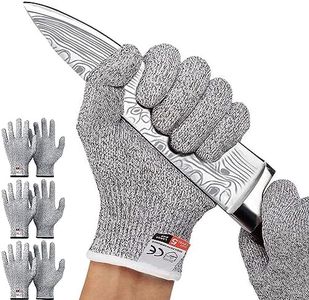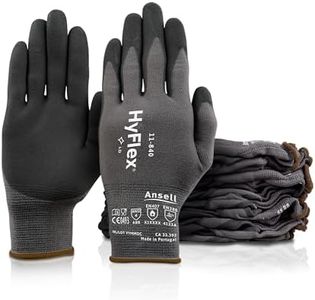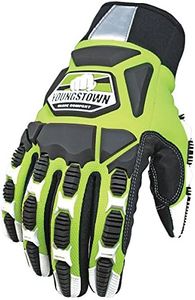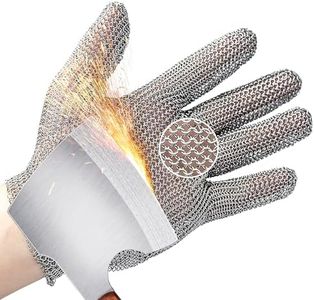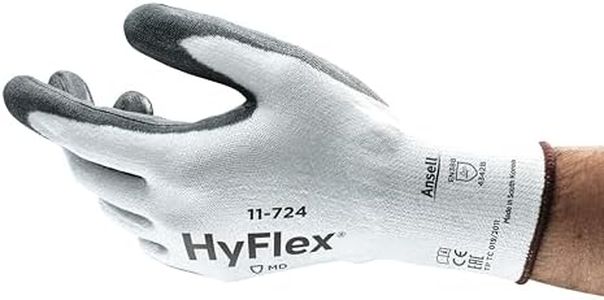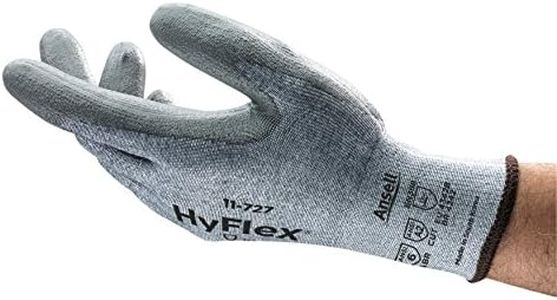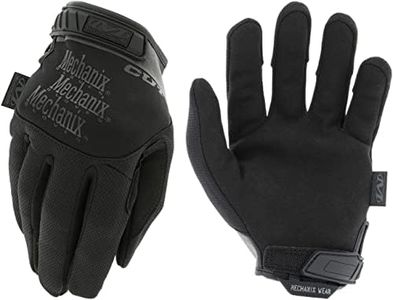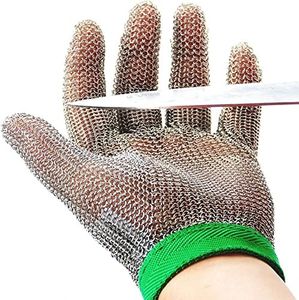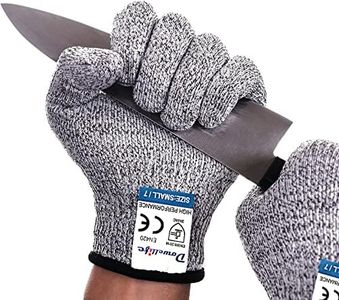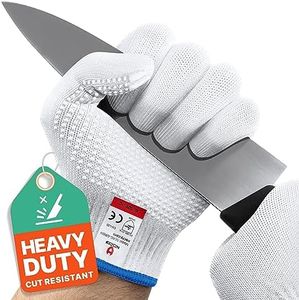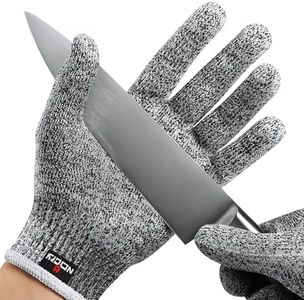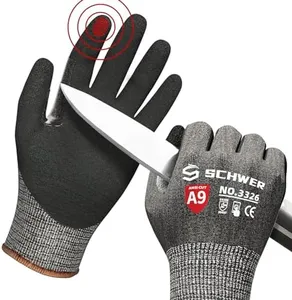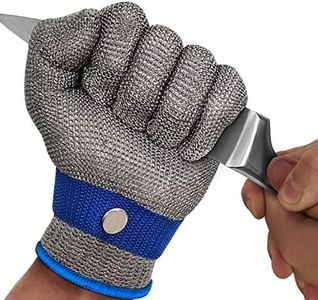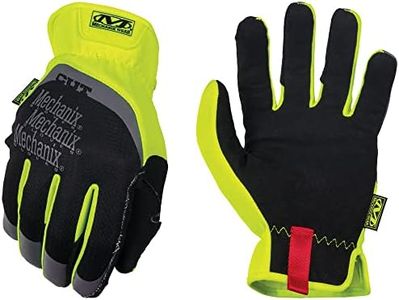We Use CookiesWe use cookies to enhance the security, performance,
functionality and for analytical and promotional activities. By continuing to browse this site you
are agreeing to our privacy policy
10 Best Cut Resistant Gloves
From leading brands and best sellers available on the web.Buying Guide for the Best Cut Resistant Gloves
Choosing the right cut-resistant gloves is all about balancing protection, comfort, and usability for your specific needs. Cut-resistant gloves are designed to keep your hands safe from accidental cuts or scrapes, making them essential for tasks ranging from food preparation and woodworking to handling sharp tools or working in construction. When shopping for these gloves, it's key to understand the different materials, protection ratings, and features that best match your activities. Knowing what you’ll use them for will help you focus on the specs that really matter to you.Cut Resistance LevelCut resistance level tells you how well the glove can resist being cut by sharp objects. This is usually rated by standardized systems like ANSI or EN, with the levels or letters going from low to high protection. Lower levels (like A1 or Level 1) can handle light work such as basic kitchen tasks, while higher levels (like A6 or Level 5) are good for heavy-duty jobs like metal handling and glass cutting. Pick a level based on the risks involved in your tasks. If you only need basic protection, go for a lower level for more comfort and flexibility; for high-risk activities, choose higher levels for maximum safety.
MaterialThe material of the glove affects comfort, durability, flexibility, and protection. Common materials include high-performance polyethylene (HPPE), Kevlar, stainless steel, and other synthetic fibers. HPPE and Kevlar are strong and lightweight, making them good for long wear and repeated movements. Stainless steel blends offer the toughest protection but might be bulkier and less comfortable. Go for lighter materials when you need good movement and comfort for extended use, or choose tougher materials for environments where the risk and frequency of cuts are higher.
GripGrip refers to how well the gloves let you hold onto objects, especially when they may be wet or slippery. Gloves might have special coatings or textured surfaces (like nitrile, latex, or polyurethane) to improve grip. If you're handling greasy or wet items, look for gloves with enhanced grip features. For dry and light-duty work, this is less critical and you might prioritize flexibility or breathability.
Dexterity and FitDexterity is about how easily you can move your fingers and perform precise tasks while wearing the gloves. Thinner, snug-fitting gloves generally offer better dexterity, but may provide less protection. If you need to do detailed work or need to keep your sense of touch, pick gloves that are lightweight and stretch to fit your hands well. For more general protection where handling small objects isn’t as important, a thicker glove may be appropriate.
Comfort and BreathabilityComfort and breathability are important if you wear the gloves for long periods. Some materials and glove designs allow air flow and keep your hands cool and dry, while others can get hot and sweaty. If you need to wear the gloves for hours, focus on breathable fabrics and seamless designs to avoid irritation. For short-term or heavy-duty use, sturdier gloves might be more suitable even if they are a bit less comfortable.
Additional Features (e.g., Touchscreen Compatibility, Waterproofing)Some cut-resistant gloves come with extra features like touchscreen compatibility so you can use your phone or devices without removing the gloves, or waterproof layers to prevent moisture from getting in. Think about your daily routine: if you use screens often, touchscreen-friendly gloves can be handy. If you work in wet environments, waterproofing becomes more important. Choose extras that genuinely match how and where you’ll use the gloves rather than just going for the fanciest option.
